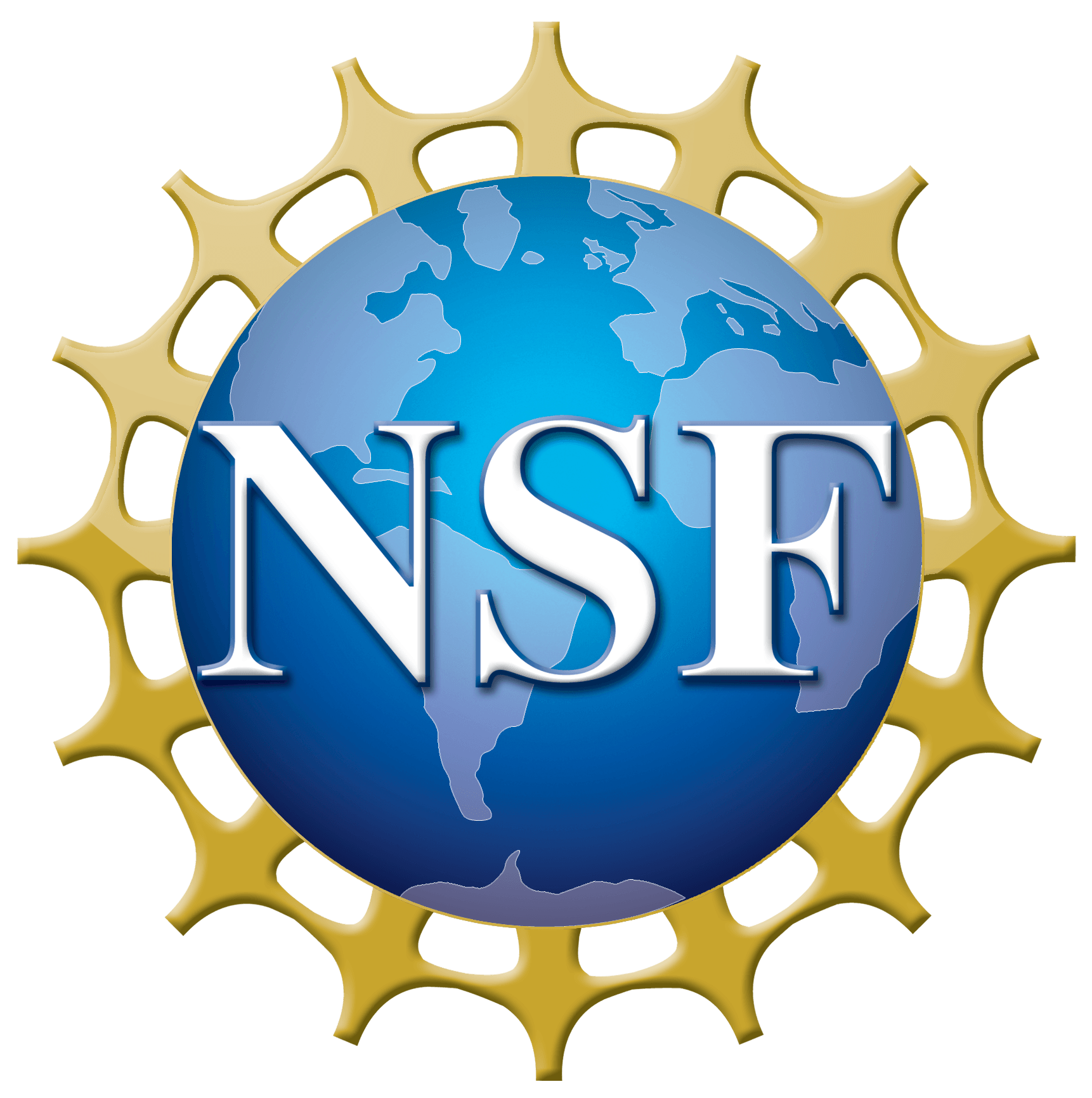Latest NRAO News
News is managed by NRAO News & Public Information. Questions about News? Have a story to share? Want to interview a scientist or create new media about our telescopes?
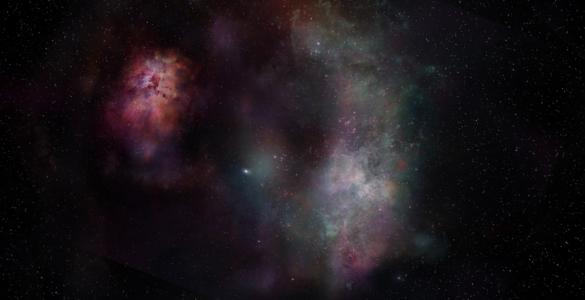
Water has been detected in the most massive galaxy in the early Universe, according to new observations from the Atacama Large Millimeter/submillimeter Array (ALMA). Scientists studying SPT0311-58 found H20, along with carbon monoxide in the galaxy, which is located nearly 12.88 billion light years from Earth. Detection of these two molecules in abundance suggests that the molecular Universe was going strong shortly after the elements were forged in early stars. The new research comprises the most detailed study of molecular gas content of a galaxy in the early Universe to date and the most distant detection of H20 in a regular star-forming galaxy.
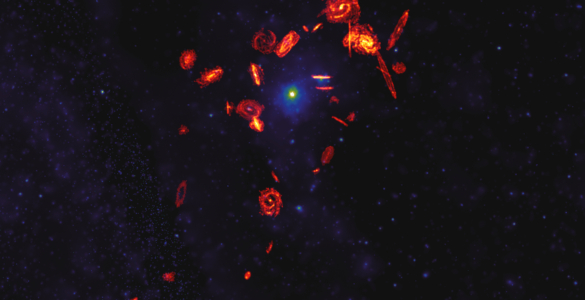
Astronomers examining the nearby Universe with the help of the Atacama Large Millimeter/submillimeter Array (ALMA) have just completed the largest high-resolution survey of star-forming fuel ever conducted in galaxy clusters. But more importantly, they’re tackling a long-standing mystery in astrophysics: what’s killing galaxies?
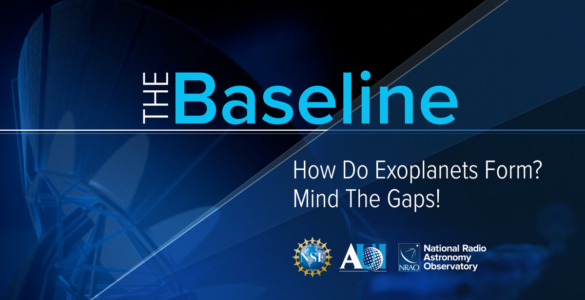
Young stars often have disks of gas and dust around them, and many of these disks have gaps within them. How do astronomers know that these gaps are caused by young planets and not some other effect?
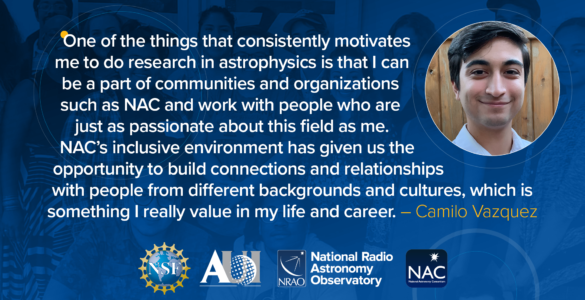
Kicking off this week, and running throughout the month of October, the annual conference of the National Astronomy Consortium (NAC)—NACtober—will highlight the hard work, research, and accomplishments of the 2021 NAC cohort.
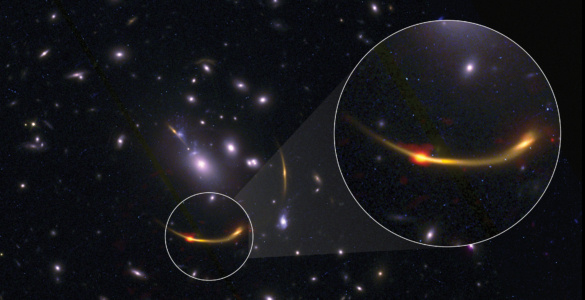
Early massive galaxies—those that formed in the three billion years following the Big Bang—should have contained large amounts of cold hydrogen gas, the fuel required to make stars. But scientists observing the early Universe with the Atacama Large Millimeter/submillimeter Array (ALMA) and the Hubble Space Telescope have spotted something strange: half a dozen early massive galaxies that ran out of fuel.
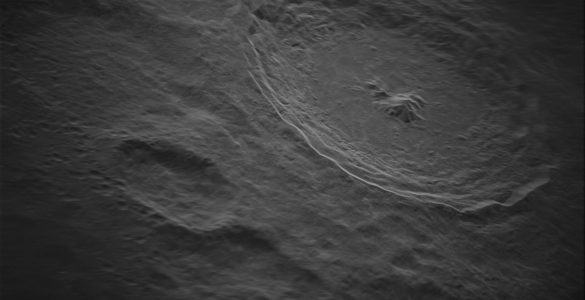
The National Science Foundation’s Green Bank Observatory and National Radio Astronomy Observatory, and Raytheon Intelligence & Space have released new high-resolution images of the Moon, the highest-ever taken from the ground, using new radar technology on the Green Bank Telescope (GBT).




